During the ongoing COVID-19 pandemic, many of us find ourselves like cruising sailors, left to our own ingenuity to ensure our safety and well-being.
Over the years, Practical Sailor has carried out a number of reports on medical kits, telemedicine services, and medical evacuation services for cruising sailors. We also tapped local emergency medicine experts for advice on first aid afloat, including this report from retired emergency medical technician, avid sailor, and novelist David Liscio.
As Liscio explains, your onboard “first aid kit” may be more extensive than you think.
If you reach for the onboard first-aid kit and find out there isn’t one, don’t panic during an emergency. Some out-of-the-box thinking will help put the needed medical tools in your hands.
The guiding rule to survival is to use whats available and improvise.
- Battens make ideal arm and leg splints.
- A rolled magazine can become both a splint and temporary cast, particularly when fastened snuggly with duct tape.
- Popsicle sticks make good finger splints.
- A towel cut into a triangular shape is a sling.
- Rolled towels can substitute for the foam blocks used to secure a patients head to a long spine board before transfer to a stretcher and ambulance.
- A belt is a tourniquet, as is a cloth sail tie or piece of webbing, both far better than twine or thin-diameter line that might cut into the skin when tightened. Be careful not to stop blood circulation completely or for longer than necessary.
- An eye injury can be covered and protected with a paper cup. Duct tape can be used to keep the cup in place.
- A baseball cap, the top material collapsed against the inside of the front insignia panel, can serve as a rudimentary cervical collar when tucked upside down beneath the chin. It can be fastened with duct tape or tied with a piece of fabric.
- A sail, especially a clean one, provides a warm and comfortable wrap for patients suffering from hypothermia.
- Aluminum foil works wonders when trying to keep a patient warm. It also can be used as a bandage cover.
- Clear plastic wrap can cover a sucking chest wound. Tape it on three sides.
- A clear plastic bag can shroud an injured hand or foot.
- Fresh water sterilized by boiling can be used to flush wounds.
- A turkey baster makes a wonderful syringe for irrigating a laceration.
- Bunk sheets can be folded into compress bandages.
- Napkins can be cut into small wound dressings similar to gauze pads.
- A plastic credit card can be used to brush off a bees stinger or nettles.
- For sailors with emergency medical experience, a cockpit winch and a length of webbing can be carefully implemented as a mechanical traction device for femur fractures.
- Sanitary napkins like Kotex make for absorbent wound dressings, while tampons can be used on nosebleeds or injuries with minor blood flow.
- Tea bags will sop up blood in a mouth injury.
- Fresh oranges can provide vitamin C. No glucose on board? Orange juice and sugar packets can assist in case of a diabetic reaction.
- And last, but not least, rum can be both painkiller and anesthetic.
– David Liscio, a Practical Sailor contributor, is a Massachusetts Emergency Medical Responder and certified Emergency Medical Technician. He is the author of two novels, Deadly Fare and Blood Sons, available on Amazon.




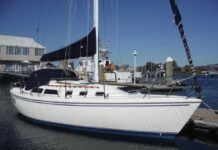








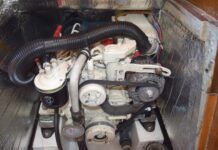
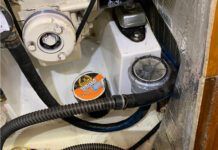

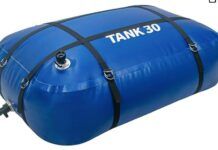

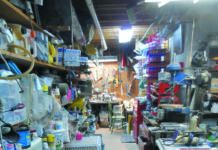
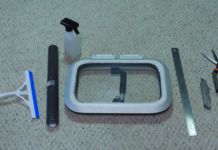













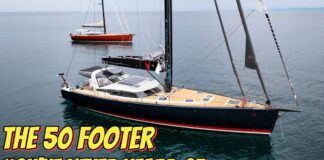



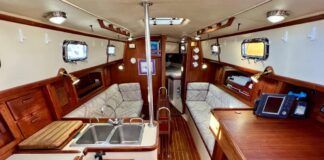
Darrell, this is really outstanding. Using what you have aboard makes perfect sense in this time of massive medical shortages. Back to basics makes good sea sense.
Much here is basic to those of us who are both ambulance riding EMTs and Wilderness EMts: utilize what you have. However, the backwards base ball cap with the cravat for tension scares me. A pt. without some sort of an airway will always, always die. Anything, such as a cravat drawn up tight enough to provide cervical stability is far too likely to restrict the pt.’s ability to breath. Not good. Garry Schneider, EMT I, WEMT, Ski Patrolman, SR., CCA SAS coordinator, Retired for all.